Bot Personality
Bots represent your company in conversations with users-they're an extension of your brand and should reflect your brand voice and tone. If you don't define your bot's personality, your users will!
Customers expect more from bots than a generic or neutral experience similar to that of filling out an online form or survey.
Because bots rely on conversation to carry out a process or action to completion and may require a customer to input sensitive or personal information to be effective, bots must provide a similar level of empathetic support as a human agent would. Bots are also, in essence, another form of representation of a customer’s brand.
Ideally bots should have a personality to better engage and build a trusting relationship with users.
While conversational tasks and style might vary from industry to industry, at Salesforce we still want our conversational bots to sound like they're part of the same Salesforce family. Let's look at some examples.
Bot personality characteristics
- Approachable
- Bold/Spunky
- Empathetic
- Encouraging
- Formal
- Informal
- Knowledgeable
- Professional
- Reserved
- Respectful
- Welcoming
Confirmations
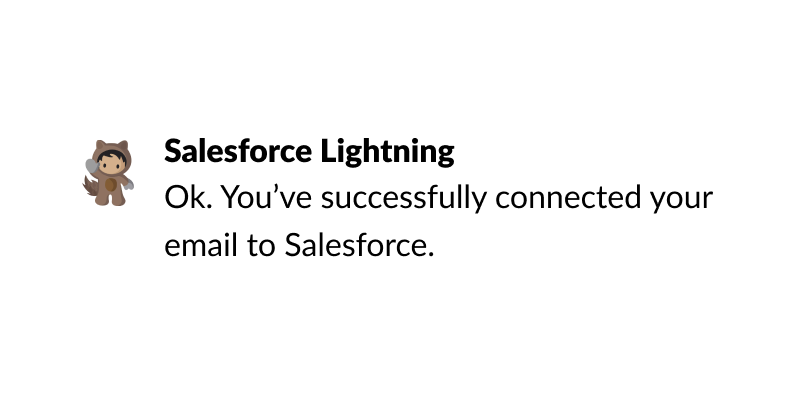
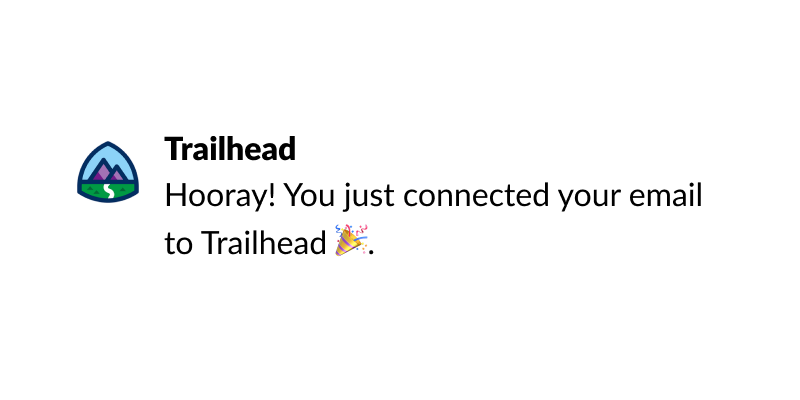
Apologies
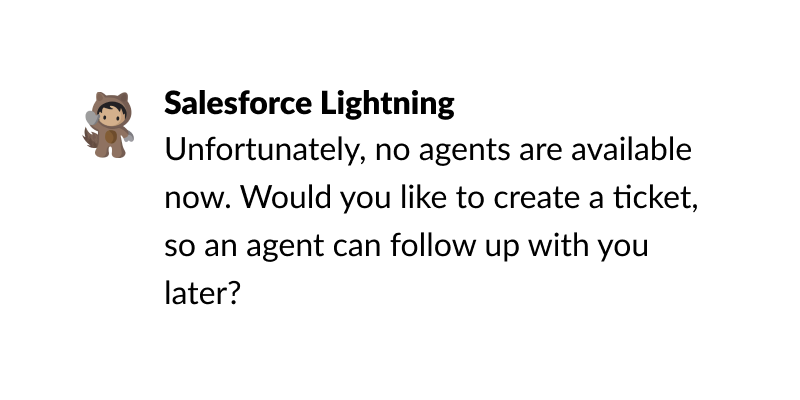
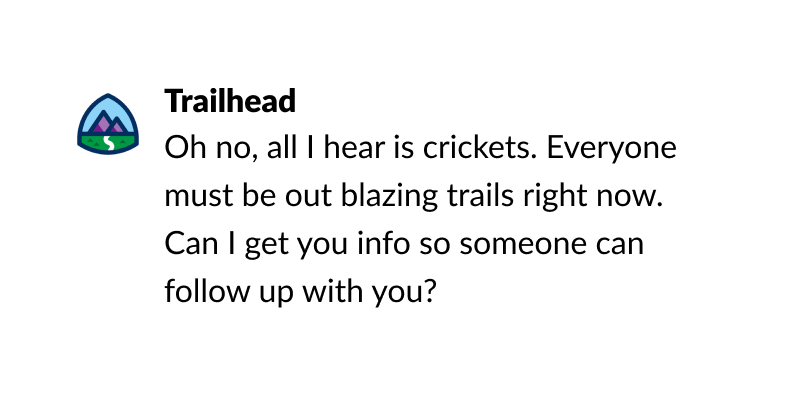
Target Audience
The target audience for your bot will dictate its level of formality, how you think about different language characteristics, and certain requirements for bot functionality. Think about your industry and audience need when considering your bot language.
For example, a bot in the healthcare space will need to follow certain guidelines such as HIPAA when handling sensitive customer information, and a serious tone may be useful to maintain trust that a customer can hand that sort of private information to a bot. Likewise, a bot in the government space will sound different to a bot delivering a retail experience. Even within that experience, language might change relative to where a user is in their journey.
- If the user has just completed a task, we should acknowledge that with language that is celebratory.
- If we are walking the user through a new feature, we would want our response to be encouraging.
- If the bot is attempting to solve an issue, we would want the tone to be constructive.
Write your copy based on your target end users
Think about different language, voice, and tone used in workplace-genre television: The Office, Grey's Anatomy, Parks and Recreation, and Superstore are all shows about the workplace, but they each use different language and tone due to their contexts.
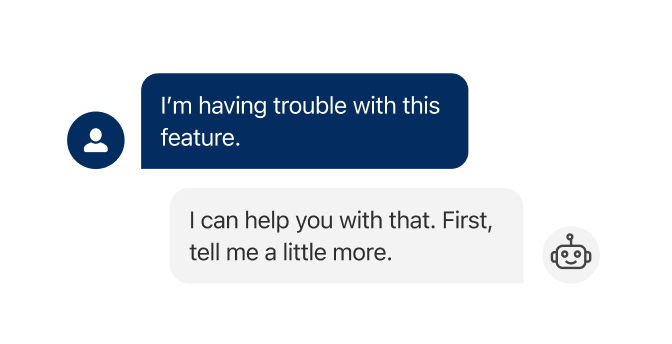
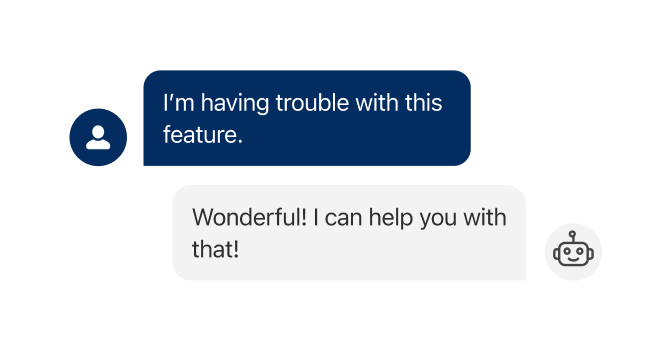
Consider the key purpose of your bot:
- Enhancing a workflow
- Healthcare information
- Retail consumer service flow
- FAQs / general information
Here are a few ways to keep the customer first:
- If you know their name, include it in a greeting.
- Use images in a practical way, such as to break up text and ensure confirmation.
- For example, if a customer is asking about a product, show them an image to ensure the bot has it correct.
- Images can also show data or enhance an emotional response to users.
- Optimize for verbs and actions that are most relevant for your end user (e.g. add a note, update an opportunity for Sales; create a campaign for Marketing, etc.)
Gender Identity
We advise against involving gender or gender identity as an intentional trait of bot personalities because it can reinforce stereotypes and norms around what kinds of communication is gendered. It also doesn't often manifest in a meaningful way in syntax and flow.
Brand Voice and Tone
While your bot should have a brand of its own, as a facet of your company and the products it puts out, it should also closely follow your company's overarching brand identity. There can be some deviations to make the bot more personable or casual, but overall, it shouldn't give your customer whiplash to navigate from your site experience to your service desk.
For example, with many different teams within Salesforce working on bots there are slight variations from bot to bot, but we all aim to adhere to the same set of Salesforce brand voice and tone guidelines. Here are a few of those to illustrate:
- Honest: Trust is our number one value.
- Bots often get a bad rap, but by setting expectations and communicating transparency, we can earn trust.
- Clear: Our writing is concise, digestible, and relevant
- We avoid unhelpful detail and get right to the point.
- Inclusive: A safe space that communicates you belong here.
- Conversation is the beginning of any relationship. Here at Salesforce, we want quality relationships with all of our customers.